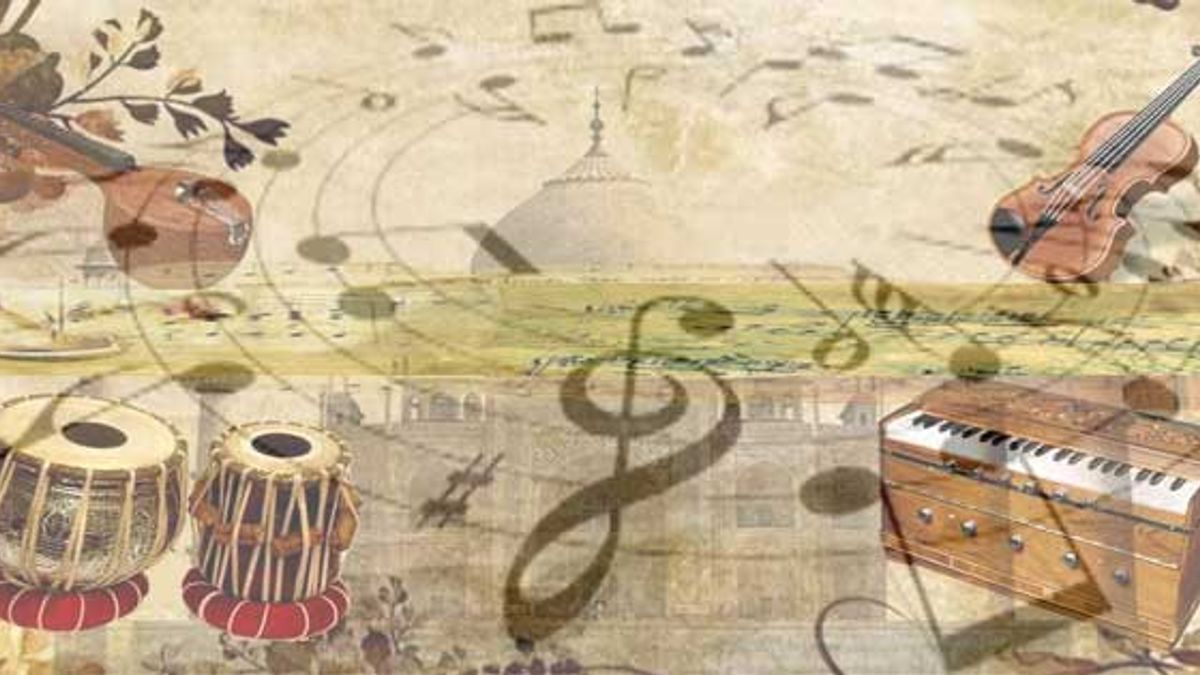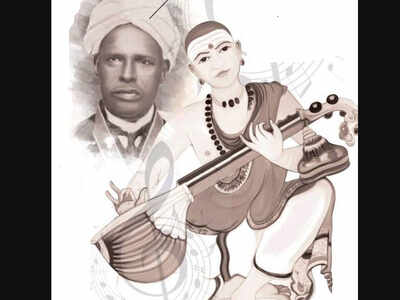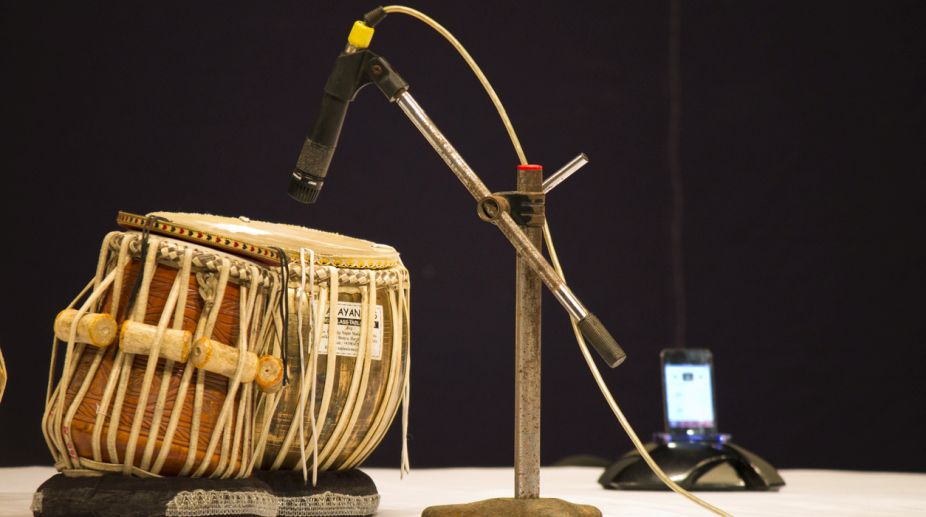

These two independent musical fields represent the Indic tradition with their Raga system, and the Near and Middle Eastern world with their Maqam and Dastgah systems.Ī Dastgah is a collection of melodic forms (Gushehs), which create the repertory of Iranian classical music or Radif. In this respect, the Dastgah and the Raga must be considered as two different systems, which have been formed by the social and cultural aspects of their people. Although there exist common features of Hindustani Raga and Persian Dastgah, the two can be clearly delineated from one another. At the same time, Persian music experienced a great transformation from the Maqam to the Dastgah system.

During this period, Hindustani music came into contact with Persian music and assimilated it through the Pathan and Mongol invasions. The most important advances in Indian music were made between the 14th and 18th centuries. Khusrau was a great innovator and is popularly credited with the introduction of a number of Persian elements into Indian music, including vocal forms (qawwali and tarana), ragas and talas, and musical instruments such as the sitar and tabla. From Amir Khusaru’s time until well into the Mughal period foreign music, particularly Persian, was commonly heard at the Indian courts.
BACKBONE OF INDIAN CLASSICAL MUSIC PLUS
Their common roots – the Indo-Persian language, the oldest Persian religion – Mithraism and their related myths, plus many aspects of their social and spiritual lives – have inextricably bound these two cultures together.Īt the turn of 13th century a number of Sufi scholars, among them the Persian poet, historian and musician, Amir Khusrau, had a profound influence on classical music of North India.

You can see the “Svara” or notes - Sa, Re, Ga, Ma and their equivalents in western music.The synthesis of two great cultures, India and Persia, took place thousands of years ago. Modern arrangements of Indian classical music rely on guitars and synthesizers, so both can co-exist in the same musical dimension. Unlike the Western scale, Indian classical music is not centred around 440Hz but is relative to the root note (Sa). The (western) classical style of music matches this definition. There are folk song forms that emerged in local communities but have not been documented, and therefore not considered “classical” for that reason. Natya shastra defines the harmonic scale, with fixed intervals and they form the backbone of all Indian classical music. Many of the traditional dance forms from India still find their origins in this treatise. A modern-day screenplay with sheet music and choreography. The book outlines dramatic performances, songs, dances, and also includes a list of instruments and rhythmic structures - in essence, the archetypes for “the performing arts”.
BACKBONE OF INDIAN CLASSICAL MUSIC FULL
It (Natya Shastra) is also notable for its aesthetic "Rasa" theory, which asserts that entertainment is the desired effect of performance arts but not the primary goal, and that the primary goal is to transport the individual in the audience into another parallel reality, full of wonder, where (s)he experiences the essence of their consciousness and reflects on spiritual and moral questions. Central to understanding the traditional performing arts in India is the 5th century BCE Sanskrit encyclopedic treatise on performing art called Natya Shastra.


 0 kommentar(er)
0 kommentar(er)
